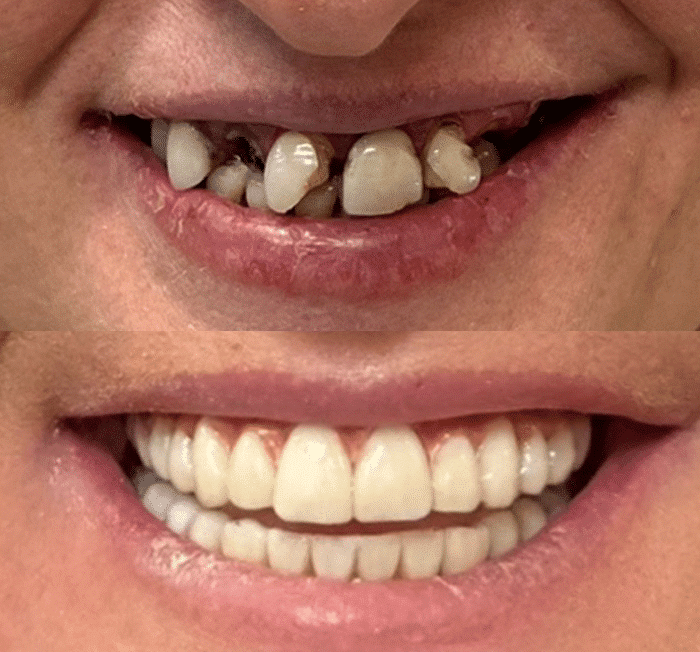Did you know that 90 percent of American adults have had at least one cavity in their life? This means that at some point, all of us are very likely to have to get a dental filling. But how much do you really know about fillings, what they’re made of, and how to care for them once you have them?
Knowing more about fillings can make the process less frightening and may help you to pick the material that best suits your needs. Read on to learn more about dental fillings and what you can expect from the filling process.
What Are Fillings?
Before we dive into all the details you need to know about dental fillings, let’s talk some about what they are. Fillings are often the best way to treat cavities, spots of decay in your tooth material. Without sealing these cavities, your tooth will continue to decay and may eventually need to be extracted.
As the name suggests, fillings fill in the gap left in your tooth from the decay. They seal to the surrounding tooth material, protecting the nerves underneath and keeping bacteria from collecting in that area. They can also provide some structural support to the tooth to keep it from cracking or breaking.
Materials
Dental fillings can be made of a number of different materials, depending on your particular needs and budget. The cheapest fillings are made with a silver amalgam, which is durable, but does not blend in with the tooth. You can also get fillings made with gold amalgam, although these are significantly more expensive than silver.
You can also get fillings made of tooth-colored composite that will blend in, although it won’t last as long as amalgams. Ceramics provide the camouflage of composite, the durability of silver, and the price tag of gold. And glass ionomer fillings are a good option for kids, since they don’t last very long and they release fluoride into the surrounding tooth.
How Fillings Are Done
Knowing what to expect from the filling process can make it less frightening, especially for kids. Your dentist will start by numbing your mouth around the tooth that’s going to be filled. Then they’ll remove the decayed area of the tooth, leaving behind only healthy tooth material.
Your dentist will clean the cavity to remove any bacteria, and then they’ll install the filling. Depending on the material they use, this may involve placing several layers of material and curing it with a special light. Finally, they’ll trim off any excess material, smooth the filling, and polish it to match the rest of your tooth.
Filling Lifespan
Although we tend to think of fillings as permanent additions to our mouths, they do have lifespans. How long your fillings will last depends mostly on what material they’re made out of. You can also extend the lifespan of your filling with proper oral care once they’re installed.
Ceramic, silver, and gold fillings last the longest, boasting a lifespan of fifteen years or more. Composite fillings usually last between ten and twelve years, depending on how well you care for them. And glass ionomer fillings only last five years or so, which is why they’re best for children who haven’t yet lost their baby teeth.
Complications with Fillings
Although fillings are a very safe form of treatment, they can have some rare complications. One of the more common problems with fillings is tooth sensitivity after the filling is placed. Many patients experience sensitivity and pain in the filled tooth for up to a few weeks or months, although you should call your dentist if the pain persists after that.
If you have both silver and gold amalgam fillings, you could be susceptible to a phenomenon called galvanic shock. The two different metals can react with each other and with your saliva and produce a sharp pain. Some people may also experience allergic reactions to fillings, although less than 100 cases of this have ever been reported.
Caring for Your Fillings
Taking proper care of your fillings can help them to last as long as possible. The first and most important thing you can do is to practice good oral hygiene, brushing your teeth twice every day. You should also floss regularly and use an antibacterial mouthwash as your dentist recommends.
Depending on the type of filling you get, you may need to avoid eating or stay away from sticky foods for a little while after your appointment. It’s also a good idea to check on your fillings from time to time to make sure they haven’t gotten chipped or cracked. If you notice any damage, call your dentist immediately so they can assess the problem and fix it as soon as possible.
Learn More About Dental Fillings
Dental fillings are one of the best ways to treat cavities, and most of us will have to get at least one during our lives. Fillings can be made of a number of different materials, and they can be installed at your dentist’s office. Dental fillings have a infinite lifespan, but taking proper care of them can extend that life and keep your smile healthy for longer.
If you’d like to learn more about dental fillings, check out the rest of our site at Advanced Dental & Implant Center. We offer first-class dentistry covering a wide variety of services in a warm, welcoming atmosphere. Request an appointment with us today and discover the relaxing, comfortable environment we create for all our patients.









